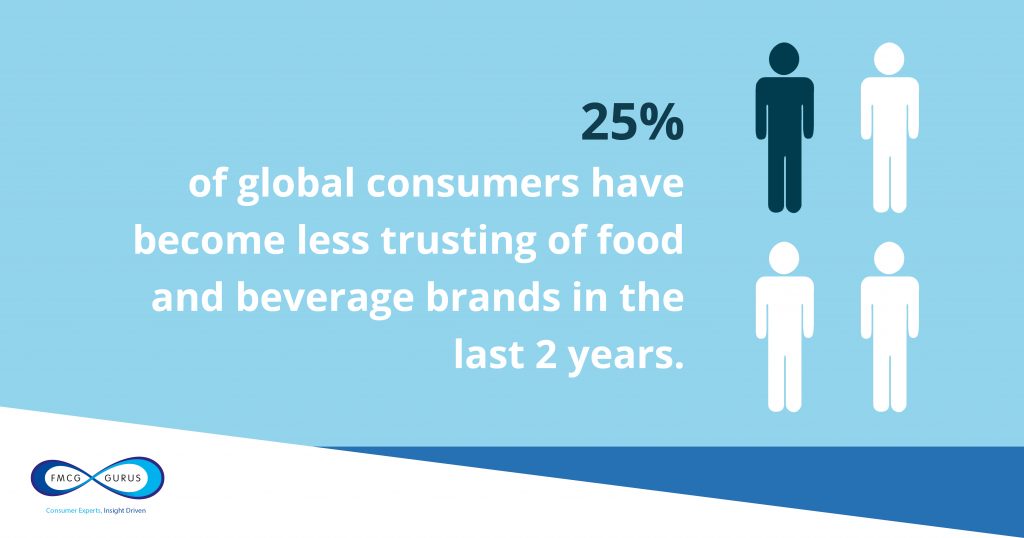5th August 2021
Is it right to invest in sustainable packaging?
Becoming a necessity
There are multiple, significant incentives for producers to shift to sustainable packaging for retaining customers who are environmentally conscious. FMCG Gurus research shows that 52% of global consumers believe that there is too much plastic on products in a survey conducted in 2019. The key consideration of consumers is environmental friendliness, and at an increased rate, consumers are beginning to act on their views on the environment by changing their consumption. Consumers harbor negative associations with plastic packaging for several distinct reasons to do with environmental protection.

The UK has pledged to eliminate plastic consumption by 2042 and the EU has initiated a directive to make all plastic packaging across Europe recyclable or reusable by 2030 which shows that the tides are shifting in such a way that plastic production will be made forcibly unprofitable by governments.
One of the key environmental impacts that have elicited an emotional response from consumers has been the impact on marine life because of growing media coverage. This is important when considering the impact of this is a resistance to buying products with too much packaging altogether, non-recyclable materials, and a lack of general acknowledgment of the environment.
Producers should seek to use sustainable packaging and make it abundantly clear to the consumer. Producers, such as Colgate, have begun to sell their products, putting the sustainability cause at the forefront of the brand’s image. Colgate has used the exposed cardboard on its box to project their messages of intent on sustainability. This induces trust from consumers which is important given the low levels of trust felt by consumers according to research from FMCG gurus.

What have successful brands done?
The showcasing of cardboard on the packaging of the toothpaste box transcends to consumers; good intentions, an innovative approach in acknowledging their environmental impact, and leading the way in large producers transitioning to a sustainable future.
There has been a pattern of consumers acting when instore to avoid products they deem socially irresponsible by putting products back on the shelves. This is problematic because consumers have crossed a fine line between being in disapproval about the producer’s approach to sustainability yet still buying the product and putting it back on the shelf. An innovative approach is needed to regain these sales. Consumers take most action on the environment by choosing to act on not endorsing a specific brand for its environmental impact and not the product itself.
FMCG Gurus insights show that 47% of global consumers believe that they will struggle to give up eating meat and therefore they compensate by sacrificing buying products from brands they believe have a backward approach to the environment.
Potential issues with shifting
Producers should be aware of the timeframe in which they should look to shift to a sustainable packaging program. If producers shift too quickly, issues can emerge where products are not adequately tested, and this can cause problems with shelf life, product, and food safety. There are significant incentives for producers to shift to sustainable packaging as soon as is feasibly possible, however, it is an endeavor that will require adequate preparation through testing and there is enough time for companies to initiate these programs so that they lead to effective sustainable packaging rollouts before the UK and EU deadlines.
Conclusion
While a sustainable outlook is refreshing for consumers, they are willing to pay more as an endorsement of a producer that aligns with their values. Consumers are wary of corporate greed so there is an easy opportunity to raise the public profile and opinion of the brand.
It has therefore been shown that an incentive for switching to sustainable packaging can lead to retention consumers who are alert to the degradation of the environment and thus make efforts to buy products with less plastic packaging. A producer that gradually introduces sustainable packaging can handle potential teething problems to do with holding the product. This shows that producers should be looking to introduce this within the next 18 months to 2 years in order to reap some of the potential benefits to do with the brand image that stems from sustainability.
Written by: Adam J